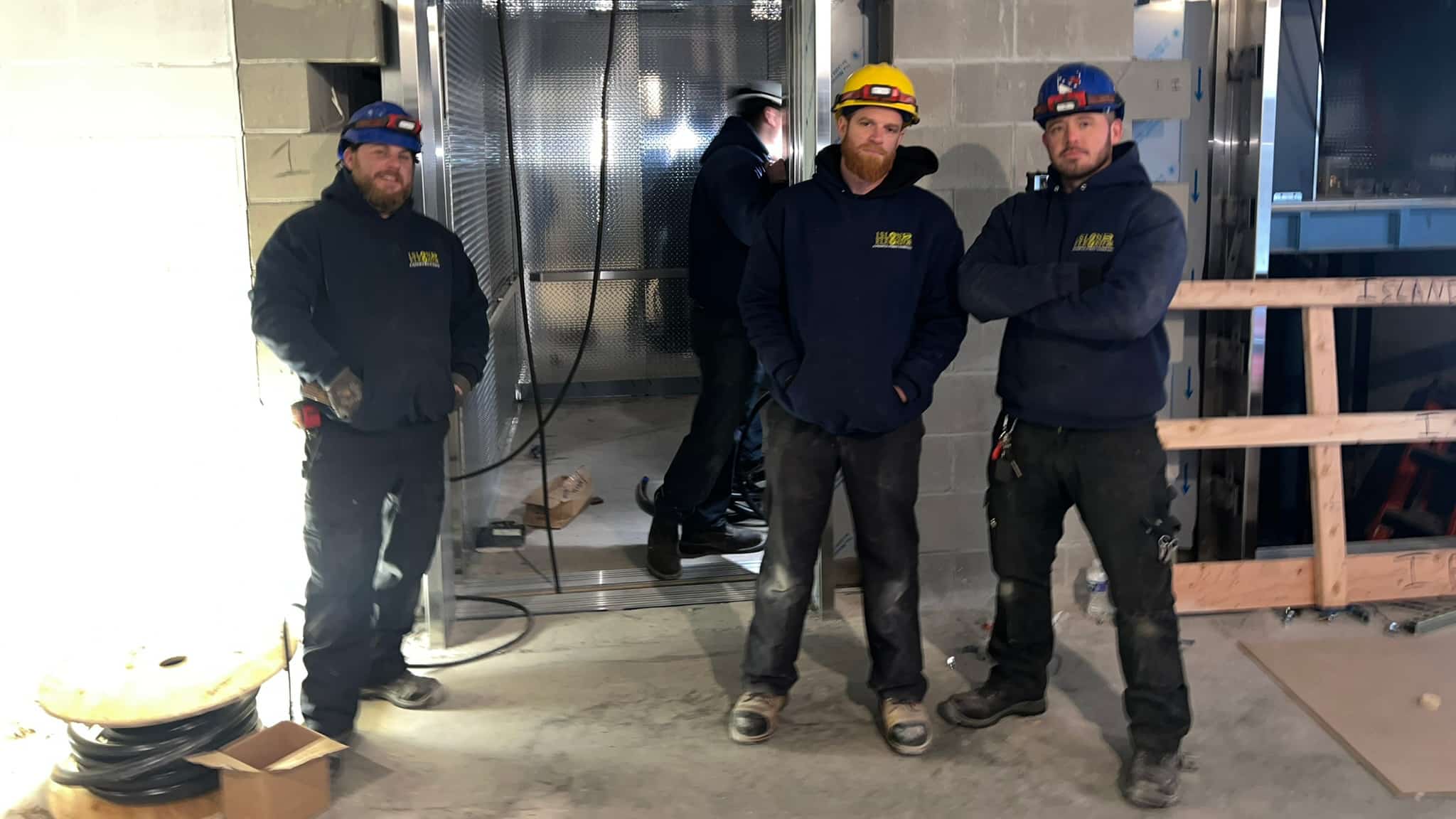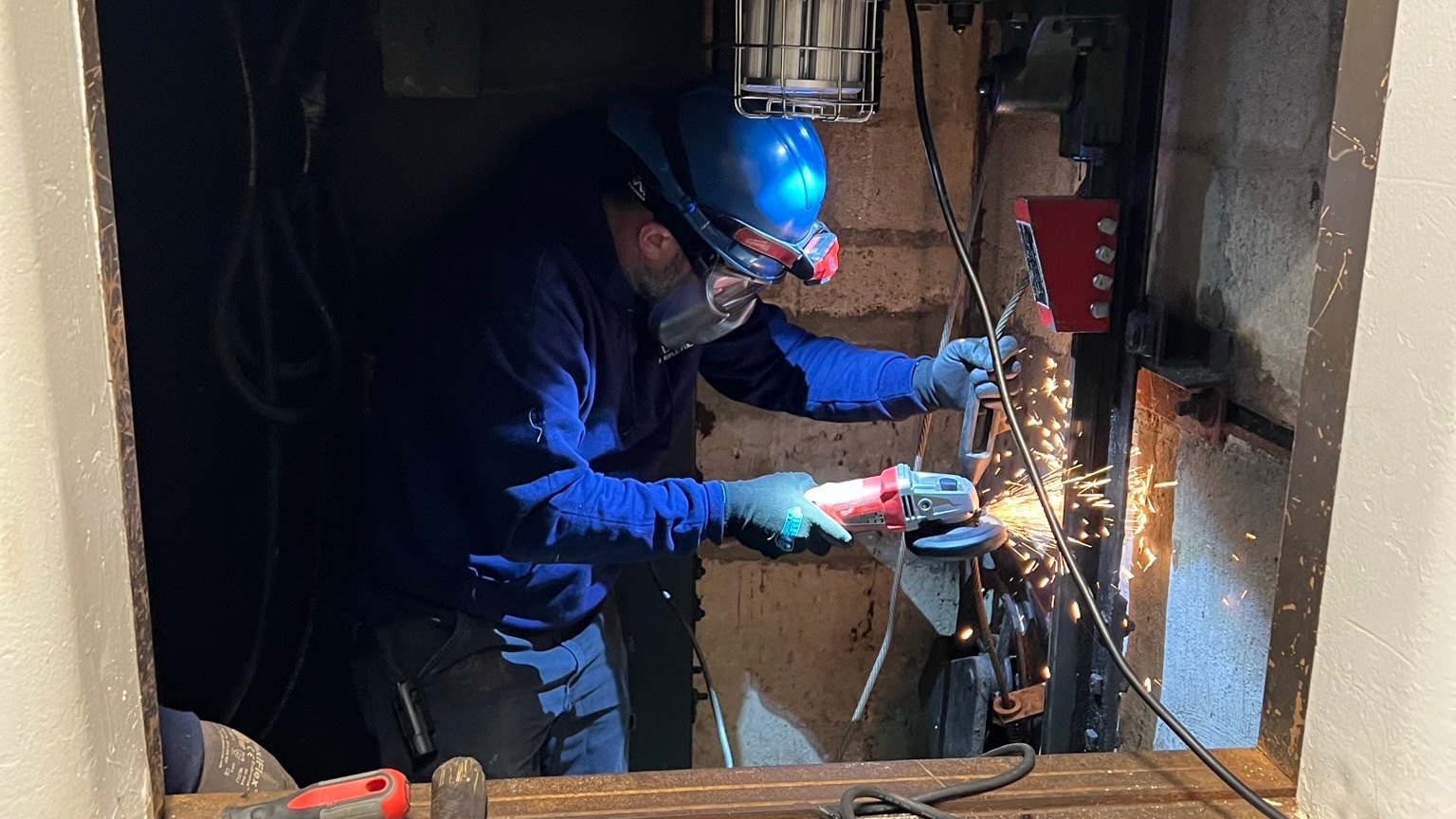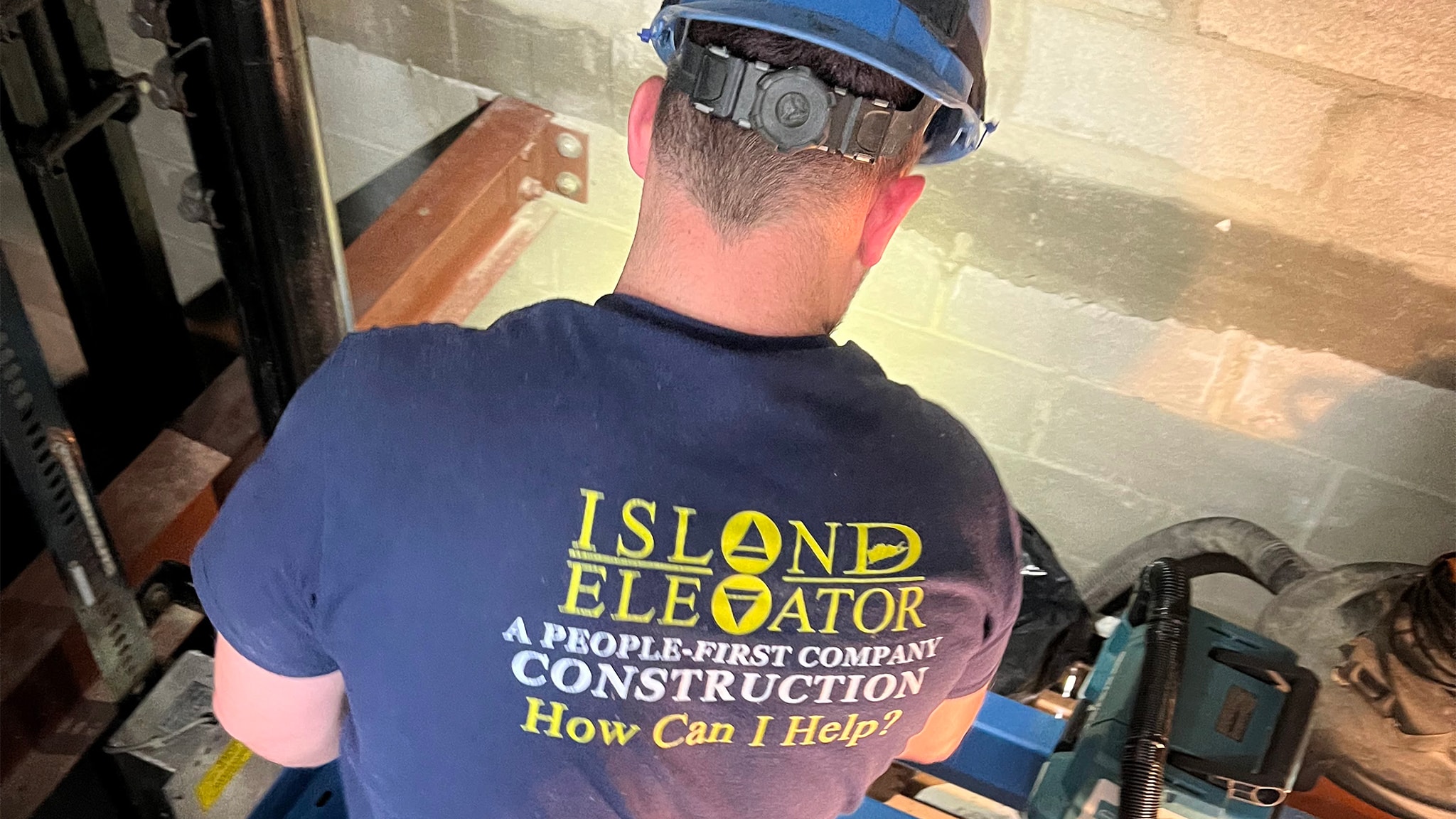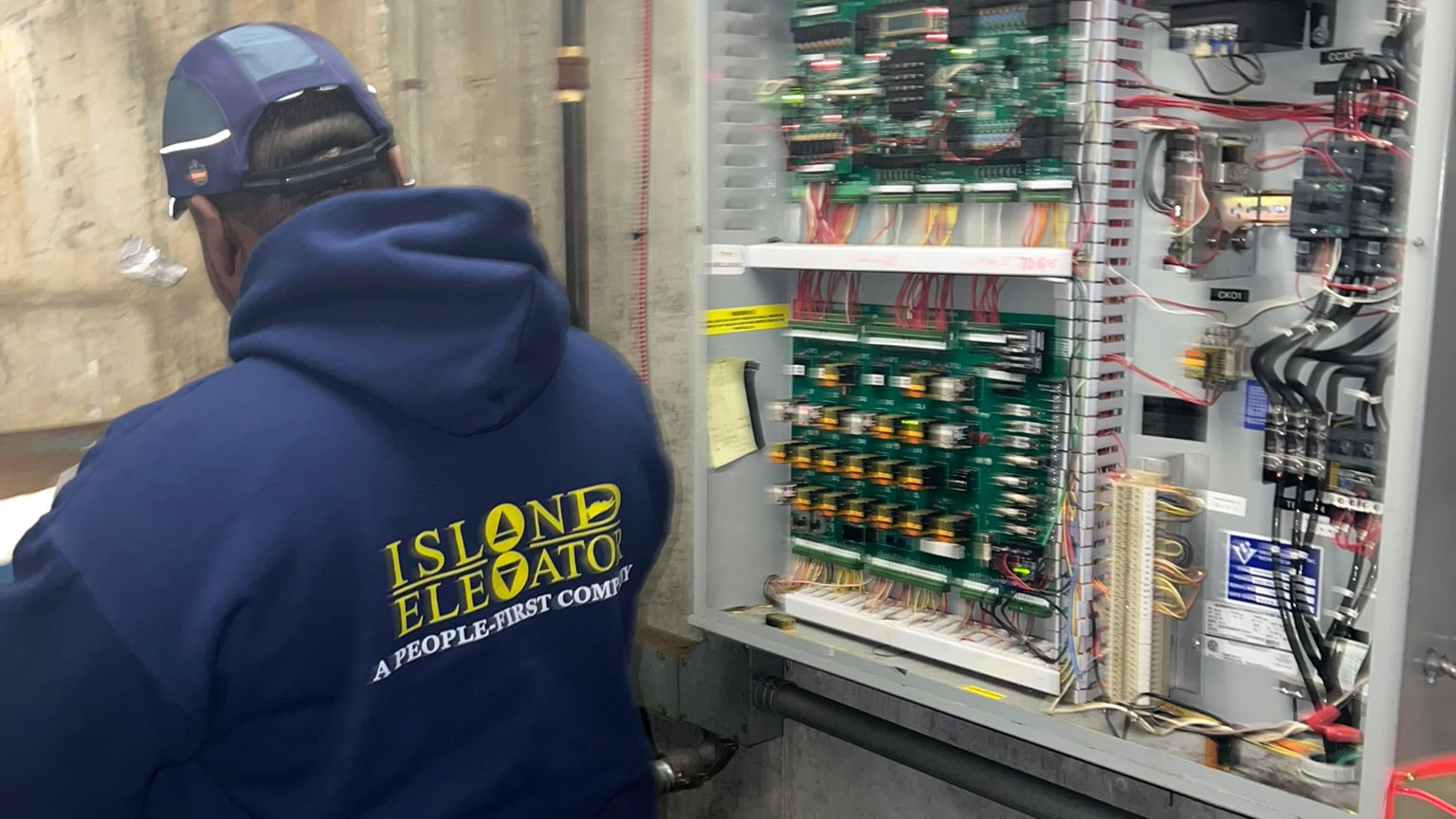Elevators are essential for modern buildings, offering convenience and accessibility for everyone. But did you know that not all elevators are the same? Depending on the building type, usage requirements, and space limitations, there are several types of elevators available to suit your needs. In this guide, we’ll explore the different types of elevators and their unique features to help you choose the right one for your property.
1. Hydraulic Elevators
Hydraulic elevators are one of the most common types used in low-rise buildings, typically up to five or six stories tall. They work by using a hydraulic piston that pushes the elevator car up and lowers it down using pressurized fluid. Hydraulic elevators are known for their smooth operation, affordability, and ability to lift heavy loads.
Key Features:
- Ideal for low-rise buildings
- Lower initial cost
- Can lift heavy loads
- Requires a machine room for the hydraulic pump
However, hydraulic elevators tend to be slower than other types and are less energy-efficient, as they consume more power during operation.
2. Traction Elevators
Traction elevators are commonly used in mid to high-rise buildings and rely on steel cables and counterweights to move the elevator car. These elevators come in two main types: geared and gearless. Geared traction elevators use gears to control the speed of the car, while gearless elevators are faster and ideal for high-rise applications.
Key Features:
- Ideal for mid to high-rise buildings
- Faster and more energy-efficient than hydraulic elevators
- Suitable for buildings with heavy traffic
- Requires a machine room or penthouse space for the motor
Traction elevators are more energy-efficient than hydraulic elevators and provide a smoother ride over longer distances. They are commonly found in office buildings, hotels, and apartment complexes.
3. Machine Room-Less (MRL) Elevators
Machine Room-Less (MRL) elevators are a newer type of elevator that eliminates the need for a separate machine room. Instead, the machinery is housed within the elevator shaft itself, freeing up valuable building space. MRL elevators are available in both hydraulic and traction versions, making them suitable for a range of building types.
Key Features:
- No machine room required
- Space-saving design
- Available in both hydraulic and traction versions
- Ideal for mid-rise buildings
MRL elevators are becoming increasingly popular due to their space efficiency and lower energy consumption compared to traditional hydraulic systems. However, they may have higher upfront costs.
4. Pneumatic Elevators
Pneumatic elevators operate using air pressure to move the elevator car. These elevators feature a cylindrical design and are often used in residential settings or for light-duty applications. They are typically smaller in size and don’t require a machine room, making them perfect for homes with limited space.
Key Features:
- Compact design, ideal for residential homes
- Requires no machine room
- Quick installation
- Best suited for light-duty use and low-rise buildings
Pneumatic elevators are an attractive option for homeowners looking for a stylish and functional solution to improve accessibility. They are quieter than most other elevators and easy to install, though they may not be suitable for high-traffic buildings.
5. Dumbwaiters
While not used for transporting people, dumbwaiters are small freight elevators designed to move goods between different floors of a building. They are commonly found in restaurants, hospitals, and homes, where they are used to transport food, laundry, and other items.
Key Features:
- Ideal for transporting goods, not people
- Often found in commercial kitchens, hospitals, and homes
- Compact and easy to install
Dumbwaiters provide a convenient solution for moving items in buildings where full-sized elevators may not be practical or necessary.
6. Freight Elevators
Freight elevators are designed specifically to transport heavy goods and materials rather than passengers. They are often used in warehouses, factories, and industrial settings, where large or bulky items need to be moved between floors.
Key Features:
- Designed for heavy-duty use
- Larger capacity than passenger elevators
- Typically slower speeds for safety
Freight elevators are built to handle much heavier loads than standard passenger elevators, and they are usually found in industrial or commercial environments.
Choosing the Right Elevator for Your Building
Selecting the right type of elevator depends on several factors, including the height of the building, expected traffic, available space, and budget. At Island Elevator, we have experience installing and maintaining all types of elevators, and we’re here to help you make the right choice for your property.
Whether you need a residential lift to improve accessibility in your home or a high-capacity elevator for a busy commercial building, our expert team can guide you through the process of selecting the best system to meet your needs.
Contact Island Elevator for Professional Installation and Service
At Island Elevator, we offer expert installation, repair, and maintenance services for all types of elevators. With over a decade of experience serving Long Island, we provide customized solutions for both commercial and residential properties. Contact us today at 631-491-3392 to learn more about your options and how we can help ensure the safe and efficient operation of your elevators.




